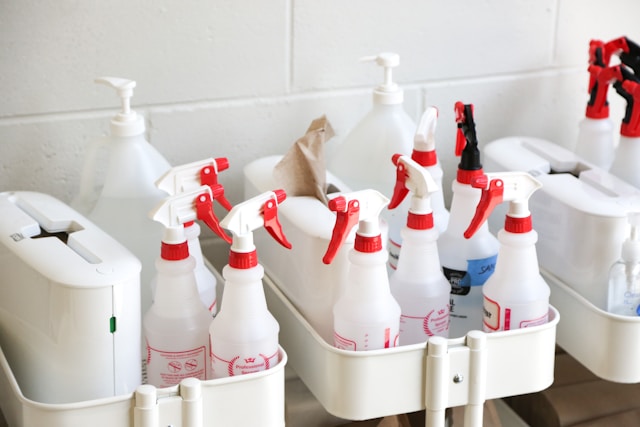Living in a bustling city has its perks with convenience at every turn, but it also brings along less welcome guests: pests. The challenge of keeping these intruders at bay from roaches to rodents is ongoing in densely populated areas. This article provides a comprehensive guide to understanding common urban pest issues and the best ways to control them.
Understanding Common Household Pests
With their concentrated populations and abundant waste, urban areas are hotbeds for various pests. Here are some of the most frequent uninvited guests:
Insects
- Cockroaches: Known for their resilience, they are attracted to food remains and moisture.
- Bed Bugs: They thrive in places with high tenant turnover, such as apartments.
- Ants: Often attracted by food, they can find their way indoors through the tiniest openings.
Rodents
- Rats and Mice: These rodents are not only a nuisance but can also pose health risks by spreading diseases and causing structural damage.
Effective Pest Control Strategies
A multifaceted approach works best to manage pest issues in urban settings. Here are key strategies to maintain a pest-free environment:
1. Proper Sanitation
- Regularly remove garbage and keep bins tightly sealed.
- Clean food particles from kitchen surfaces immediately after use.
2. Structural Maintenance
- Seal cracks and openings around doors, windows, and walls.
- Ensure that ventilation systems are functioning properly and free of gaps.
3. Chemical and Natural Solutions
- Use appropriate insecticides, considering both effectiveness and safety.
- Explore natural alternatives like neem oil or diatomaceous earth for less severe infestations.

Integrated Pest Management (IPM)
Implementing Integrated Pest Management (IPM) can significantly reduce pest populations by combining biological, physical, and chemical control methods. Here’s a basic outline of an IPM approach:
Inspection: Regular checks help identify the source and type of infestation.
Prevention: As the first line of defense, this involves sealing entry points and maintaining clean surroundings.
Identification: Correctly identifying the pest ensures that the right methods are used for effective elimination.
Control: Depending on the severity, various control methods from traps to pesticides can be applied.
DIY Solutions vs. Professional Help
While DIY solutions are a good starting point for minor problems, severe or persistent pest issues often require professional intervention. Here’s a brief comparison:
| Approach | Pros | Cons |
| DIY | Cost-effective, Immediate action | Less effective for major issues |
| Professional | Comprehensive solutions | Higher cost, requires scheduling |
When considering professional help, it’s essential to choose a reliable service. For residents of Las Vegas facing such dilemmas, seeking assistance for pest control Las Vegas is a critical step towards reclaiming their homes from unwanted pests.

Prevention Tips for Apartment Dwellers
Living in apartments comes with specific challenges due to shared walls and common areas. Here are some tips tailored for apartment residents:
- Collaborate with neighbors for a unified pest prevention strategy.
- Report any signs of infestation to property management promptly.
- Avoid clutter that can provide hiding spots for pests.
Pest Control Myths Debunked
Myths can often hinder effective pest control. Here’s the truth behind some common misconceptions:
Myth: Ultrasonic repellents are effective against all pests.
Fact: These devices are not universally effective and should not be solely relied upon.
Myth: Keeping lights on deters pests.
Fact: Most pests are not influenced by light and some, like moths, are actually attracted to it.
Assessing Your Approach
It’s crucial to continuously evaluate the effectiveness of your pest control strategies. Adjust and improve your methods based on what is working and what is not. Regular updates to your approach can help mitigate the risk of future infestations.
In summary, controlling pests in an urban environment requires a comprehensive and flexible approach. By understanding pest behavior, employing practical preventative strategies, and knowing when to call in the experts, city dwellers can effectively maintain pest-free homes.













Leave a Reply